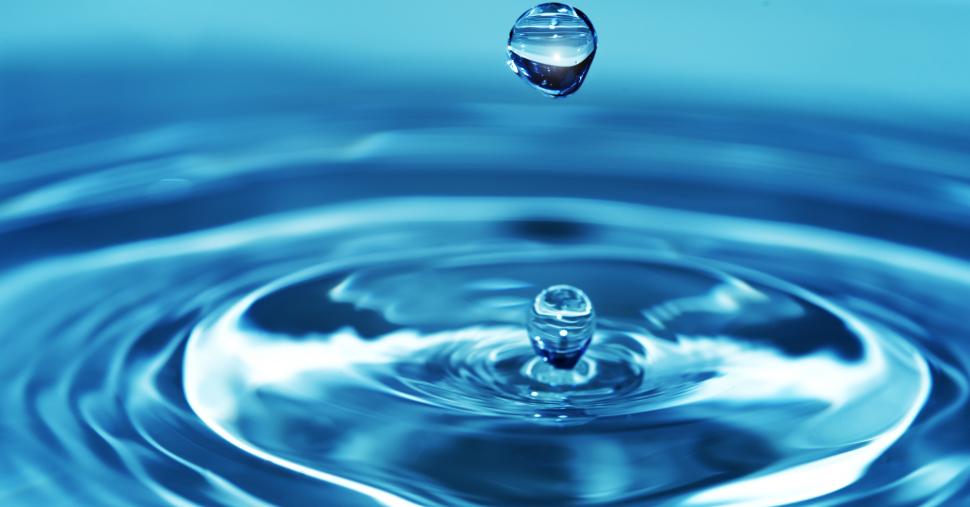From air travel to refrigeration, fluid mechanics is everywhere; it is easier to think an application that does not involve its principles rather than one that does. We are all familiar with its significance, for example, the way the viscosity of water — a newtonian fluid — is only altered through a change in temperature; how a pint of stout appears to ascend as it is poured into a glass; and the boom we hear when an object moves faster than the speed of sound.
Not always in relation to fluids, the study of fluid mechanics also encompasses air and gas; an example being that sonic boom, which is caused by the compression of air in front of the object; the ‘boom’ being the shockwave hurtling noisily past your ears. With 75% of the world covered in water and 100% in air, it is no surprise that the scope of study in fluid mechanics is huge, covering a range of disciplines including medicine, energy generation, hydraulics and oceanography.
The study of fluid mechanics dates back to the ancient civilisations which developed the knowledge to solve basic conundrums, such as rowing with oars and developing protection from floods. Moving on to Archimedes who, in around 250 BC, allegedly exclaimed, ‘Eureka! Eureka!’ while leaping from the bathtub in excitement having developed the law of buoyancy, or Archimedes’ principle, as it is often known. The principle dictates that the buoyant force experienced when a body is immersed in a fluid is equal to the weight of the displaced fluid.
Knowledge of fluid mechanics evolved over time, although the foundations of many pieces of equipment that are still in use today were built many centuries ago. For example, in 120 BC in he school of Alexandria, ancient Greeks Ctesibius and Hero were far ahead of their time, inventing the siphon and forcing pump, amongst others. Fifteenth century Leonardo Da Vinci, while remembered more so for his contribution to the world of art, also spent much of his life studying and experimenting with waves, jets and hydraulic pumps. The Italian polymath was intrigued by water and its paradoxical behaviour; such was his fascination with the very mechanics of its behaviour he was quoted as saying, ‘it suffers change into as many natures as are the different places through which it passes,’.
In the seventeenth century, Galileo defined a dimensionless number, later named the Galilei number, which is used in the study of the circulation of viscous fluid. In 1871, Edme Mariotte built a wind tunnel, and Isaac Newton had the honour of having a type of fluid named after him. Fast forward to more recent history: in 1738, the Bernoulli equation was developed, stating that as the speed of a fluid increases, the pressure within the fluid decreases — this principle is used in aviation to this day.
Travel forward to the present day, with experts studying environmental fluid mechanics in relation to climate change; predicting how this change will diminish Arctic sea ice cover, and the implication of a warmer climate on the movement of water through the atmosphere, as well as on land and in oceans. As our climate changes so does the behaviour of water, changing the predictability of flooding and droughts; as such, the need for environmental fluid mechanics becomes profoundly more important than ever before. Fluid mechanics also has a firm place in the world of medicine, for example, in the manufacture of delayed release medicine; utilising smart fluids in medical devices[1] and studying blood flow for the treatment and prevention of cardiovascular disease.
These days, students are taught a science that spans an incredible three millennia and dozens of disciplines, with theories and explanations that have strengthened over time. We still row boats with oars; we know that climbing into a bath — in the manner of Archimedes — will result in overflow if it is too full; we hope that a stent will help someone who has poor blood flow to their heart, and we certainly know that our world is warming and changing around us. The need to study fluid mechanics will never subside and for good reason; it is something that has shown us how to fly, has saved millions of lives and will hopefully help us preserve our planet.
Eureka!
[1] https://www.sciencedirect.com/science/article/pii/S1018364717302616
